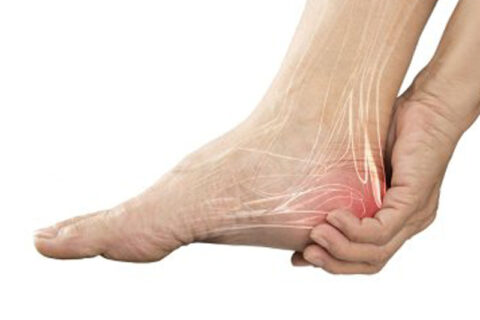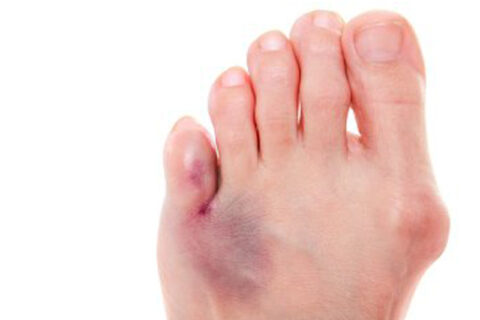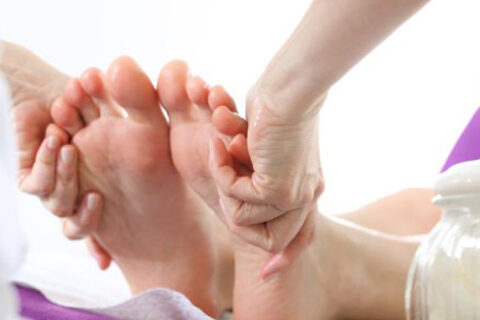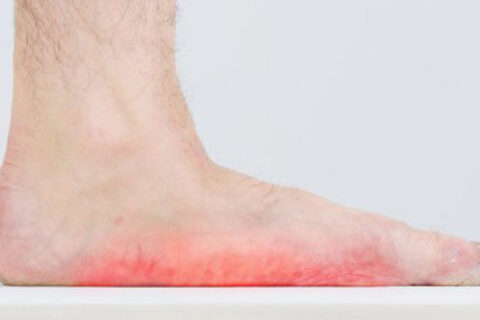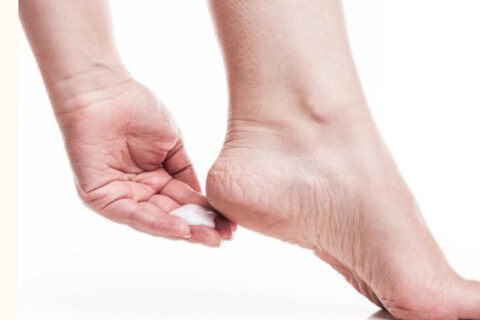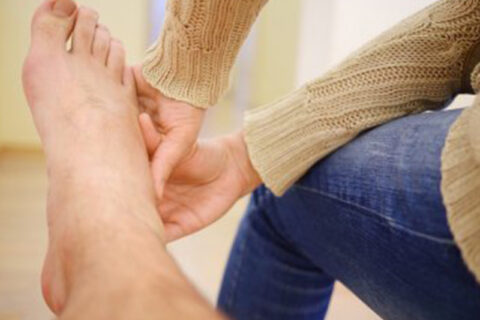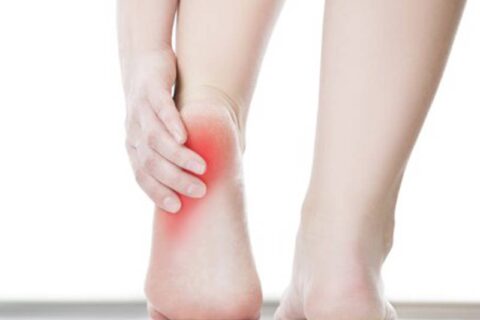Category: Inflammation of Joints
You might be familiar with the carpal tunnel, which is the narrow passageway located at the wrist. The tarsal tunnel is a similar, narrow space,…
Bunions are bony, outward protrusions at the base of the big toe. This bump develops when the big toe bends abnormally inward, toward the other…
Flat feet are a hereditary problem that is usually first visible during childhood. Without treatment, flat feet can lead to a lifetime of foot…
Sesamoids are unusual bones because they aren’t connected to any other bone at a joint. Instead, they are either ensconced within muscle or…
Many people experience heel pain at some point in their life, and this discomfort is usually caused by plantar fasciitis. If you suffer from heel…
Bunions can be a source of ongoing pain and swelling that can affect your ability to walk and perform your daily routine. If you have a bunion, then…
Are you planning to see a podiatrist in Sugar Land because of recurrent neuromas? If so, then continue reading to learn some important…
A bunion can cause significant pain and discomfort, and one can even make it difficult for you to walk, if not addressed. If you visit a foot…
Your shoes play a big part in your foot health, and one of the top offenders when it comes to foot pain and injuries is stilettos. Although you may…
One common condition that foot specialists near Sugar Land can treat is plantar warts. Plantar warts are skin growths that are caused by viral…
